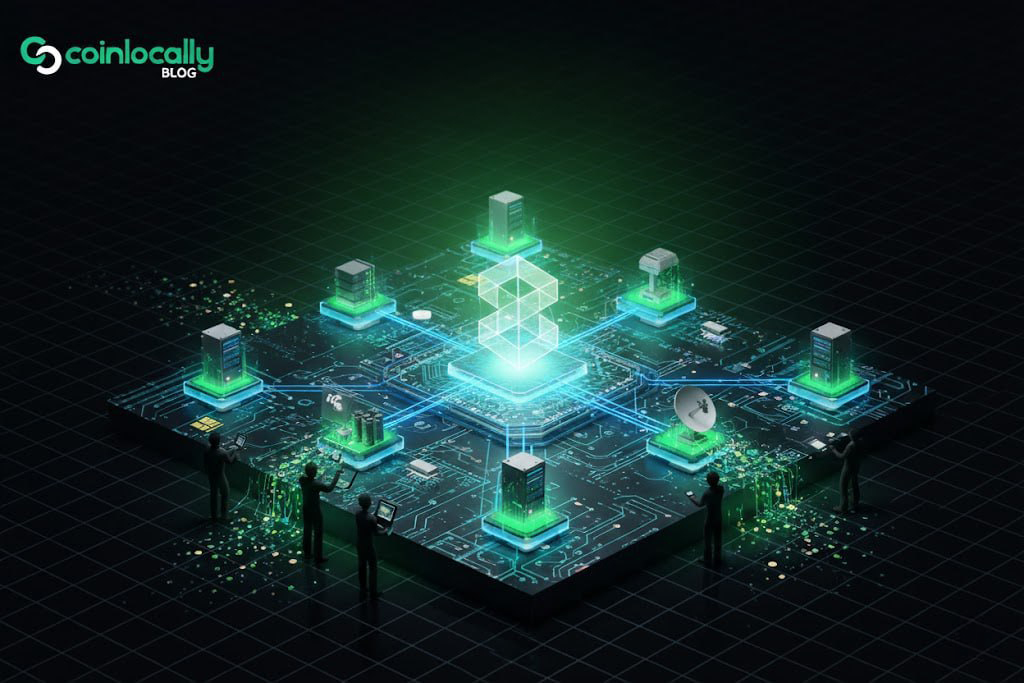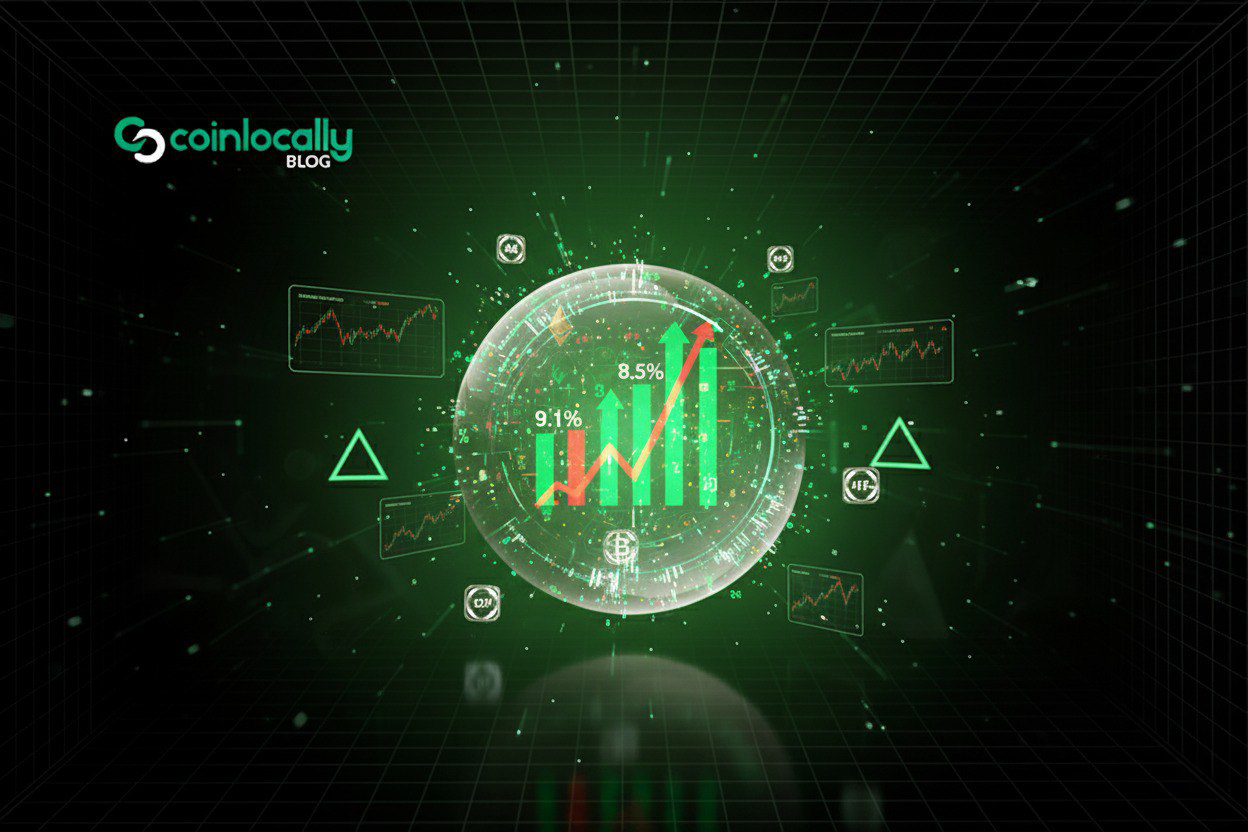The term DePIN stands for Decentralized Physical Infrastructure Network — a system that uses blockchain technology to manage and operate physical infrastructure rather than purely digital systems.
In simple terms, DePIN networks allow individuals to contribute real-world resources such as Wi-Fi hotspots, IoT sensors, or storage space — and earn tokens in return.
Why Is DePIN Important?
1. Broader access and decentralization:
With DePIN, individuals and small devices can collectively form part of an infrastructure network, helping expand services to under-served areas.
2. Greater efficiency and resource utilization:
Many existing infrastructures (like bandwidth, storage, or excess energy) are underused. DePIN enables tokenization of these idle resources, allowing them to be efficiently shared and monetized.
3. Ownership and participation incentives:
Instead of large corporations owning all infrastructure, individuals can contribute their own hardware and earn rewards giving users both ownership and motivation to participate.
4. Higher resilience and censorship resistance:
Centralized systems are vulnerable to outages or control, while distributed DePIN networks become more robust through large-scale community participation.
How Does DePIN Work?
Let’s break down the key components step by step:
1. Providing physical infrastructure or resources:
Participants connect devices such as hotspots, sensors, or storage nodes — to the network.
2. Recording activities on the blockchain:
Each contribution (like providing connectivity, storage, or computational power) is logged on-chain, ensuring transparency and verifiable trust.
3. Token rewards for contributors:
Participants earn tokens based on their performance or level of contribution. These tokens can be used for governance, payments, or staking within the ecosystem.
4. Network growth and feedback loop:
As more people join, the network expands and improves its service quality, creating a positive growth cycle.
Use Cases of DePIN
DePIN applications are already emerging across multiple sectors:
IoT and sensor networks
Decentralized storage and edge computing
Wireless and public hotspot networks
Energy infrastructure and transportation systems
Conclusion
DePIN networks represent a fascinating evolution at the intersection of the physical world and blockchain technology. By combining token-based incentives, distributed ownership, and collaborative infrastructure, they could form the backbone of future communication, storage, and energy systems.
If you’re considering getting involved, make sure to research each project carefully, test participation on a small scale, and understand the risks before committing resources.


